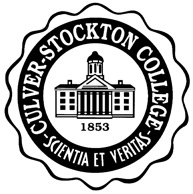Below is a summary of the abstract you submitted. Presenting author(s) is shown in bold.
If any changes need to be made, you can modify the abstract or change the authors.
You can also download a .docx version of this abstract.
If there are any problems, please email Dan at dar78@pitt.edu and he'll take care of them!
This abstract was last modified on April 20, 2017 at 4:28 p.m..

The objective of this research was to isolate and characterize novel bacteriophage from soil samples. Phage was collected from soil in the Northeast Missouri region, plated to infect a bacterial lawn of M. smegmatis mc2155, and subjected to purification in order to identify a novel phage. The presence of plaques in the bacterial lawns was indicative of the presence of bacteriophage in the sample. Morphologically, the plaques were lytic, large, and circular but became consistently smaller and more numerous as plating was repeated with the goal of amplifying the phage population. The DNA was extracted for future analysis. Bacteriophage Jaykayelowell isolated by the 2015 cohort was analyzed. The Jaykayelowell genome was found to be 51,367 base pairs in length and was assigned to cluster A subcluster A4. Among the 88 genes present in the Jaykayelowell genome, several encoded known products including minor tail protein, capsid maturation protease, and membrane domain protein, while almost half of the genes were found to have no known function.The programs used for annotation include DNA Master, Phamerator, Starterator, HHpred, PDB BLAST, and NCBI BLAST.


